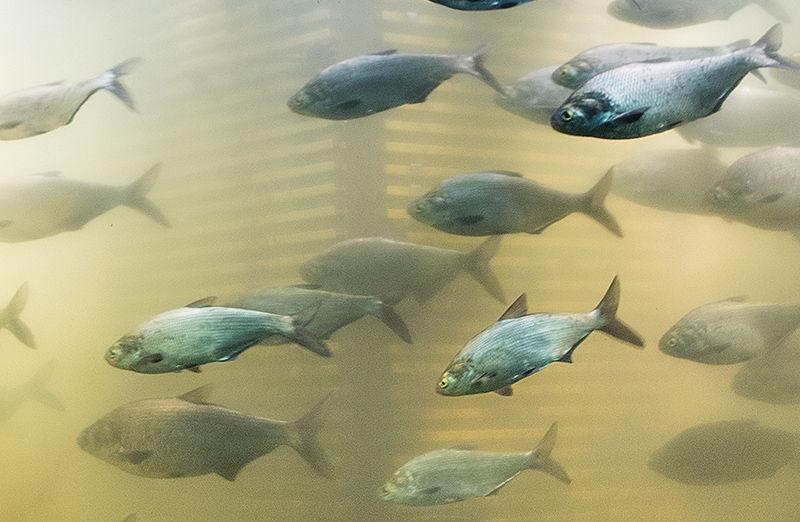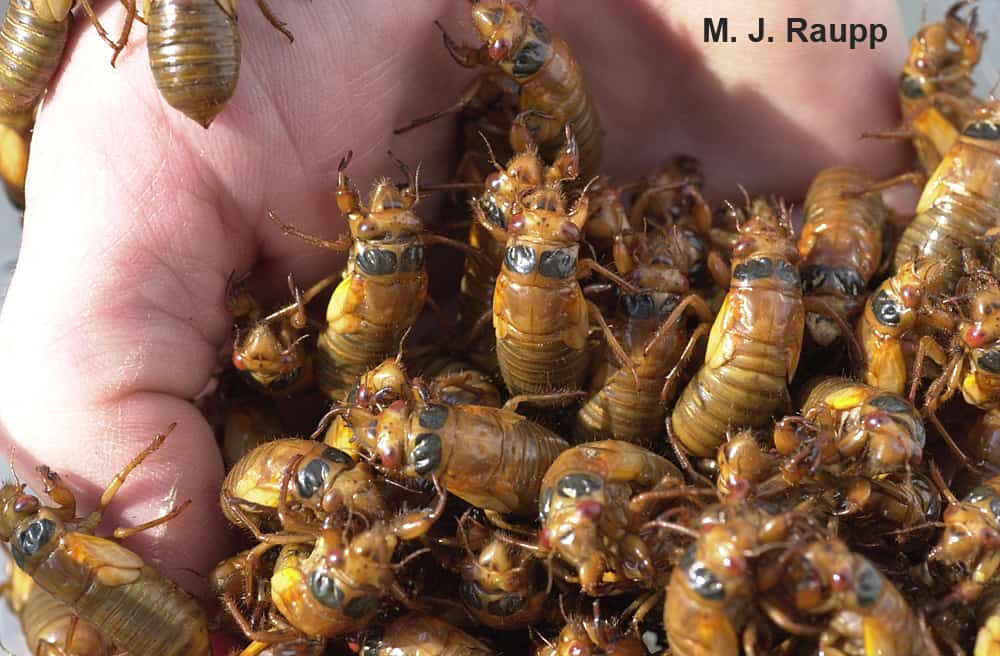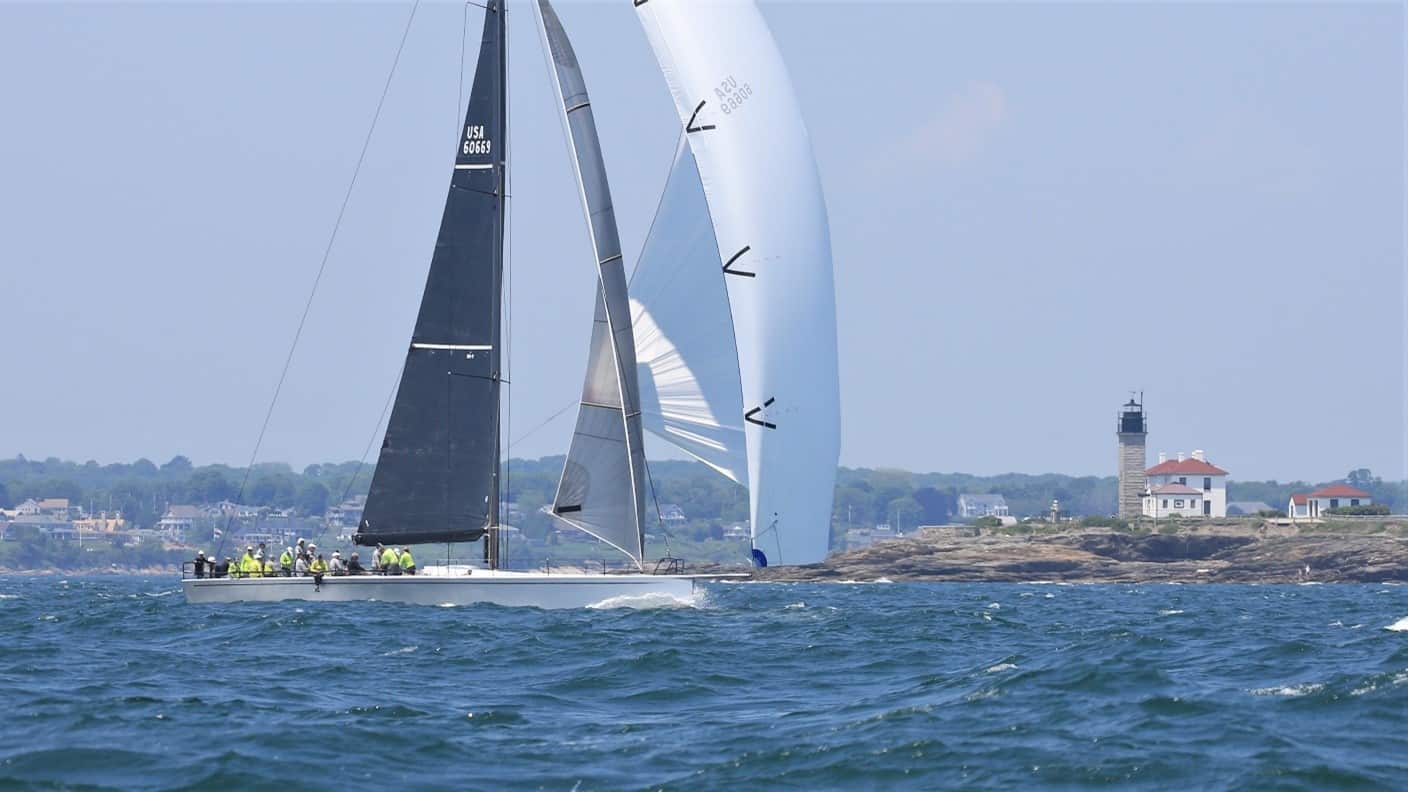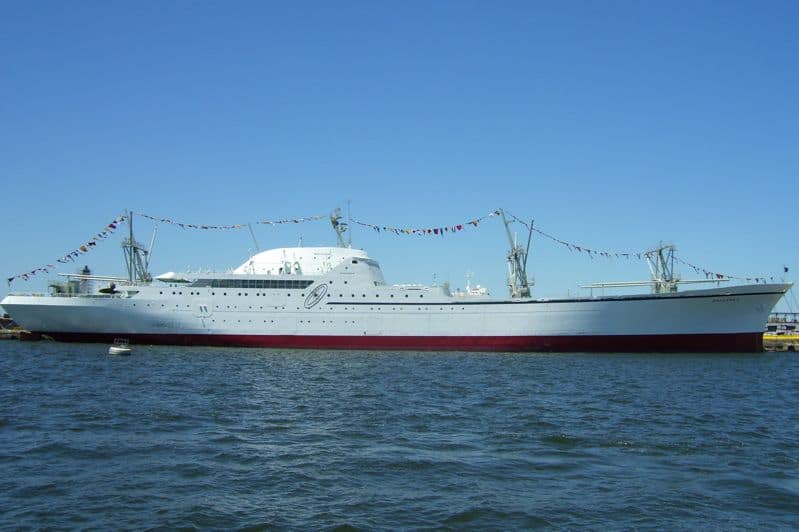By Timothy B. Wheeler, Bay Journal News Service
By this time in a typical year, the main fish lift at Conowingo Dam would be busy hoisting thousands of fish daily over the 94-foot high barrier, including a dwindling number of American shad and river herring, so they can swim up the Susquehanna River to spawn.
UPDATE: Exelon began lifting fish over the dam Tuesday afternoon after Maryland officials okayed the company’s plan, O’Brien said. She said the upriver dams are expected to resume fish passage activity “sometime next week.”
But the lift had been idle so far this spring, another victim of the coronavirus pandemic. Exelon Corp., which owns the hydroelectric facility, suspended fish passage operations just before they were to start.
Not running the fish elevator represents another setback for long-running efforts to bring American shad and river herring populations back from historic low levels in most Chesapeake Bay tributaries.
But it’s not the only, or even the biggest blow to the migratory fish — health concerns also prompted Pennsylvania, Maryland and Delaware to cancel their annual stocking efforts that collectively release millions of hatchery-reared shad into the Susquehanna and other rivers.
“It’s hard to do the work and practice social distancing,” said Josh Tryninewski, a biologist with the Pennsylvania Fish and Boat Commission.
Exelon spokeswoman Deena O’Brien said the power company decided in late March not to run the two fish lifts at Conowingo to comply with Maryland Gov. Larry Hogan’s executive order that closed all but essential businesses. The dam is located in Maryland, about 10 miles upstream from where the Susquehanna meets the Bay.
The large lift on the east side of the dam normally runs from April 1 through the first week of June and carries migrating fish over the structure so they can reach spawning areas upriver. A much smaller lift on the west side, which is used in part to collect American shad eggs for hatchery stocking upriver, has also been idled.
In response to Hogan’s order, O’Brien said that Exelon had limited access to the dam in late March to only those staff needed to generate electricity. The contractors who normally operate the lift and monitor fish passage were deemed non-essential, she said.
That didn’t sit well with environmentalists. Ted Evgeniadis, the Lower Susquehanna Riverkeeper, said Exelon has been “shirking its responsibility” to help maintain fish populations in the river. He and Betsy Nicholas, executive director of Waterkeepers Chesapeake, contend that the company’s federal license to generate power at Conowingo mandates it to run the lift.
“COVID-19 is not an acceptable excuse to lay off workers who are indeed ‘essential,’” he said, “as these migratory fish must rely on the fish lift at Conowingo Dam … for their survival.”
Mike Parker, spokesman for the Pennsylvania Fish and Boat Commission, said officials in his agency were informed of the lift suspension in late March and chose not to fight it.
“I guess in the big picture human safety was given priority over fish passage this season,” he said. “It’s just an unfortunate result of what’s happening in the world right now. It’s a shame, something no one wanted to see happen.”
Exelon, which operates the hydro-power facility under a license issued by the Federal Energy Regulatory Commission, notified it in a March 30 letter that the east fish lift had been idled. But commission staff recently wrote the company asking it to justify its decision, pointing out that assisting fish passage is required as part of its federal license.
O’Brien said the company had been working out how to resume fish lift operations at Conowingo, with a plan that minimizes risks of workers getting sick from having additional people on site to run the lifts.
The company will have medical personnel present to screen people at the dam, she said, and has arranged to provide separate entrances and work areas for the contractors to help ensure “social distancing” from the power generation staff.
“Lifting fish is going to look a little different in the age of COVID,’’ she said, adding that “our main priority is keeping critical staff safe.”
Meanwhile, state agencies that for years have been stocking the Susquehanna and other Bay tributaries with hatchery-reared shad say they’ve had to forgo their efforts this spring because of the risks of spreading the coronavirus.
The Pennsylvania Fish and Boat Commission’s Van Dyke shad hatchery has been idled this year because safety concerns kept contractors from going into the field to collect eggs from spawning adult fish, said the commission’s Tryninewski. Coronavirus-related budget concerns also barred hiring seasonal workers to staff the hatchery.
“No eggs, no staff, can’t do field work, can’t travel,” he said. “This is all … the fallout from COVID.” This is the first year since the hatchery began operations in 1977 that it failed to produce any shad for stocking.
Delaware, which last year stocked the Nanticoke River with more than 800,000 newly hatched shad, likewise suspended its hatchery operations this year. Michael Globetti, spokesman for the state Department of Natural Resources and Environmental Control, said the agency is using the down time to perform needed hatchery equipment upgrades.
Health concerns also caused the Maryland Department of Natural Resources to cancel annual collections of eggs from American as well as hickory shad — a related fish also severely reduced from historical abundance. The state last year released 2.4 million shad larvae and nearly 500,000 young fish into the Choptank River.
DNR biologist Charles “Chuck” Stence said agency staff tried to figure out a way to go ahead, but couldn’t satisfy the need for social distancing, given the small boats and multiple people needed for such field work.
“Since we collect American shad broodstock at night on the Potomac River, I didn’t think it would be prudent to operate with only two people on the boat,” he explained. “Unfortunately, working a gill net is a three-person job, especially if the gill net hangs on the bottom.”
Though Exelon has now resumed fish lift operations at Conowingo, the traditional spawning season is already half over. By May 11 last year, more than 550,000 fish had taken the lift upriver, according to data on the fish and boat commission website.
Read this article in full at bayjournal.com.




